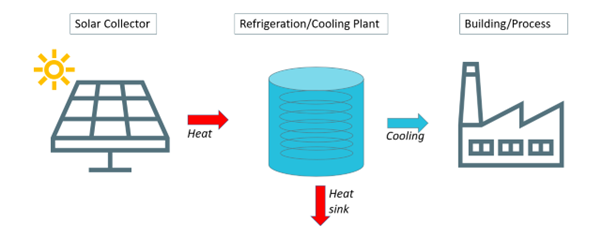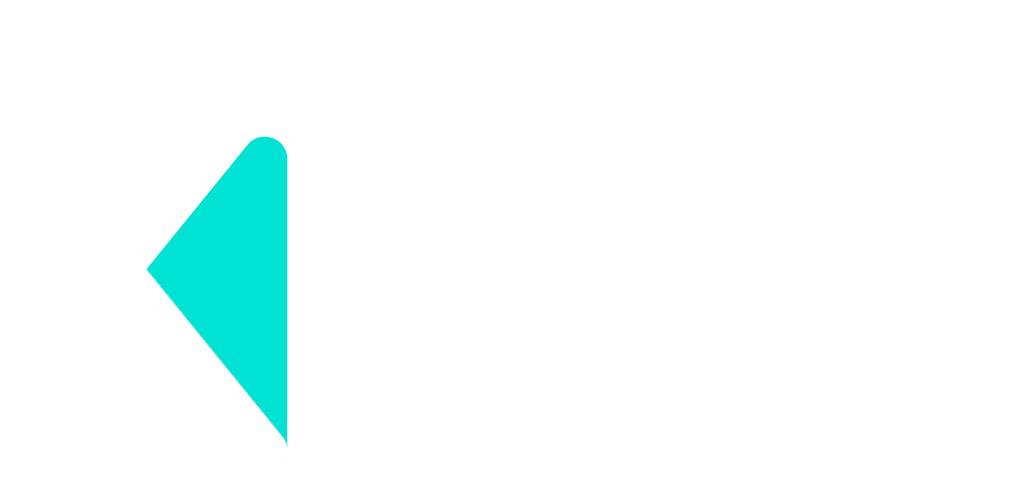When replacing a boiler, it is worth considering fuel
switching. This provides the opportunity to move from expensive fuels, such as
oil, LPG, or electricity, to less expensive and more environmentally friendly
forms of heating such as biomass or heat pumps. Fuel switching is particularly
relevant to businesses that are not connected to the gas grid.
Ground
source heat pumps
Ground source heat pumps take low-grad energy from the
ground and convert it to higher grade energy for use in heating by means of a
heat pump. It is important to recognise that the pump is powered by
electricity, so this is still an electrical form of heating, though much more
efficient than electrical resistance heating (such as storage heaters or bar
fires).
In addition to high installation costs, there are various
constraints:
·
Ground source heat pumps work
best where there is a low-temperature distribution system, such as underfloor
heating and where the building is well insulated.
·
Space is required outside for a
collector loop- this could be a horizontal or vertical loop, depending on space
availability and ground conditions.
It is worth noting that, under the Biden administration, the
Department of Energy has announced a $250 million funding opportunity to
advance heat pump manufacturing in the U.S. In theory, this should decrease the
upfront cost of the technology over time.
Air
source heat pumps
In the same way that a refrigerator extracts heat from its
interior, an air source heat pump extract heat from the outside air. This heat
can then be used to heat radiators, warm air convectors, hot water, or
underfloor heating systems. These pumps can extract heat from air even when the
temperature is as low as 5° F. Like ground source heat pumps, air pumps are
powered by electricity, meaning this is still an electrical form of heating.
In addition to higher installation costs, various
constraints exist with air source heat pumps as well:
·
Air source heat pumps work best
where there is a low-temperature distribution system, such as underfloor
heating and where the building is well insulated.
·
Outside space is required for
the external condenser unit (similar size to an air conditioning unit). These
units can be loud and may also blow out colder air.
Biomass
boilers
Biomass boilers can be a good option if your facility has a
high and constant demand for heat (likely in old buildings that are in constant
use) and if there is a reliable source of biomass fuel. Facilities that have a
need for continuous heating can justify the high installation cost of a biomass
boiler.
Because biomass is considered a renewable energy source, the
carbon emissions from this type of heating will be very low, if the feedstock
is sustainably produced and not transported at a great distance.
All forms of renewable or low-carbon heating can have a
positive impact on a company’s ESG (environment, social, governance)
reputation. It can also be used to encourage employees to become more aware of
sustainability issues at work or at home.
Solar
Cooling
Solar cooling is a technology that allows heat from the sun
to be used for refrigeration and cooling equipment. Solar energy is collected
(usually by solar panels) and then is used to produce chilled water or air for
buildings’ air conditioning systems. The process can be seen in the diagram
below:

There is likely a higher up-front cost for a solar cooling
system than a traditional HVAC system, but it can be less expensive in the
long-term as it does not rely on purchased electricity. Additionally, many
countries offer rebates or tax incentives to support businesses looking to
invest in solar photovoltaics.
Renewable
Electricity
If specific renewable systems (e.g., solar
cooling or ground source heat pumps) are not a financially viable option for
your organization, consider looking to your energy provider. Many energy
providers now allow customers to opt for energy from renewables. If this is not
an option at your current provider, consider switching providers. This switch
will help you to decrease your carbon emissions.


